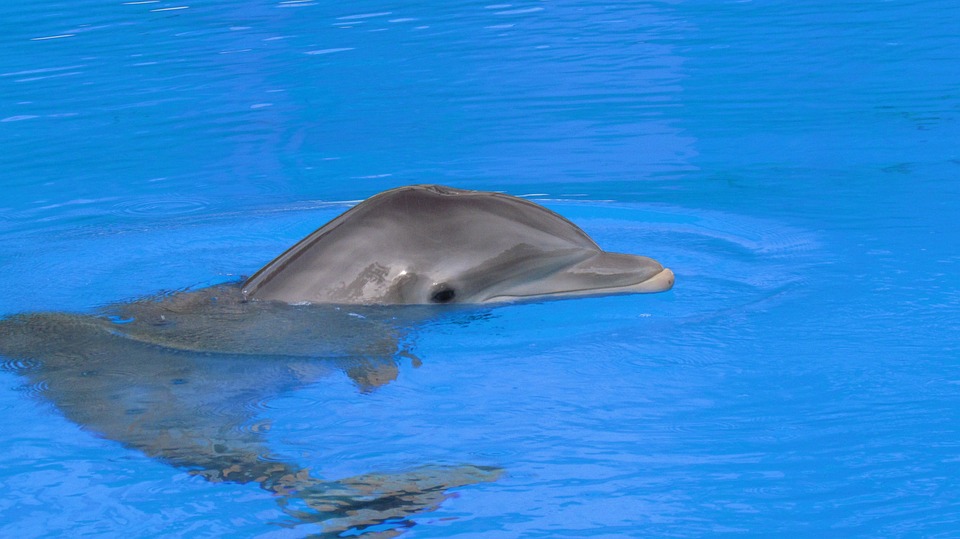Creating an ideal habitat for your fish is crucial to their health and well-being. One important aspect of establishing a suitable environment is adjusting tank parameters to support specific fish behaviors. By understanding the natural behaviors of your fish species and making appropriate modifications, you can promote a stress-free and thriving aquatic community. In this article, we will explore various fish behaviors and discuss how to adjust tank parameters accordingly.
Before delving into specific tank parameters, it’s essential to understand the natural behaviors of your fish. Different species exhibit unique behaviors, such as schooling, territoriality, hiding, or exploring. By observing your fish closely and researching their natural habits, you can better cater to their needs.
Water temperature plays a significant role in regulating fish behavior. Some species prefer warmer water, while others thrive in cooler conditions. It is crucial to research the optimal temperature range for your fish and adjust your aquarium heater accordingly. Maintaining the appropriate temperature will ensure that your fish are comfortable and display their natural behaviors.
The pH level of your aquarium water can greatly impact fish behavior. Some species thrive in slightly acidic water, while others prefer alkaline conditions. Research the specific pH preferences of your fish and use a water testing kit to monitor and adjust the pH level in your tank. Maintaining the desired pH range will promote natural behaviors and reduce stress.
The size of your aquarium directly affects the behavior of your fish. Some species require ample swimming space, while others prefer more confined areas. Research the adult size of your fish and ensure that your tank provides enough space for them to swim comfortably. Overcrowding can lead to stress, aggression, and the suppression of natural behaviors.
Many fish species exhibit hiding behaviors to feel secure. It is essential to provide suitable hiding spots within your tank using decorations like rocks, caves, or plants. These hiding places create a sense of security and allow your fish to retreat when they feel stressed or threatened. Providing ample hiding spots also encourages natural behaviors like exploring and territoriality.
The intensity and duration of light in your aquarium can influence fish behavior. Some species are more active during certain times of the day or prefer dimly lit environments. Research the lighting preferences of your fish and adjust the aquarium lighting accordingly. Using timers can help simulate a natural day-night cycle, allowing your fish to exhibit their natural behaviors.
Now, let’s address some frequently asked questions:
Q1. How often should I adjust the tank parameters for my fish?
It is crucial to establish stable tank parameters, as sudden changes can stress your fish. However, regular monitoring is necessary to ensure that the conditions remain within the desired range. Test your water parameters weekly and make adjustments gradually if needed.
Q2. Can I adjust tank parameters for multiple fish species in the same tank?
Yes, but it is essential to choose fish species with similar environmental requirements. Mixing fish with vastly different preferences can lead to stress, aggression, or poor health. Research the compatibility of your chosen fish species before introducing them to the same tank.
Q3. How long does it take for fish to adjust to new tank parameters?
Fish may take a few days to acclimate to new tank parameters. Monitor their behavior closely during this time and ensure that they are displaying their natural behaviors. If any signs of distress or abnormal behavior persist, consider consulting with an aquatic specialist.
In conclusion, adjusting tank parameters to support specific fish behaviors is crucial for creating a thriving aquatic community. By understanding the natural behaviors of your fish species and making appropriate modifications to factors like water temperature, pH levels, tank size, hiding places, and lighting conditions, you can ensure that your fish feel secure and exhibit their natural behaviors. Remember to monitor your tank parameters regularly and make adjustments gradually to minimize stress.









